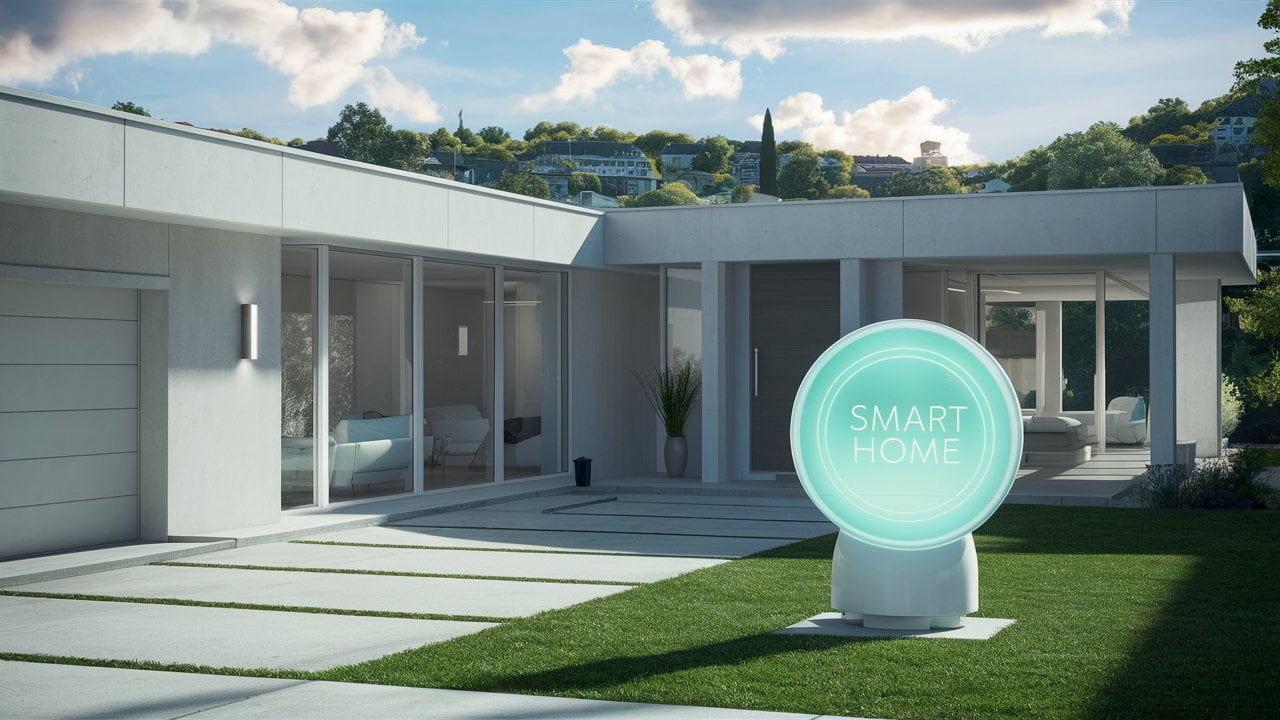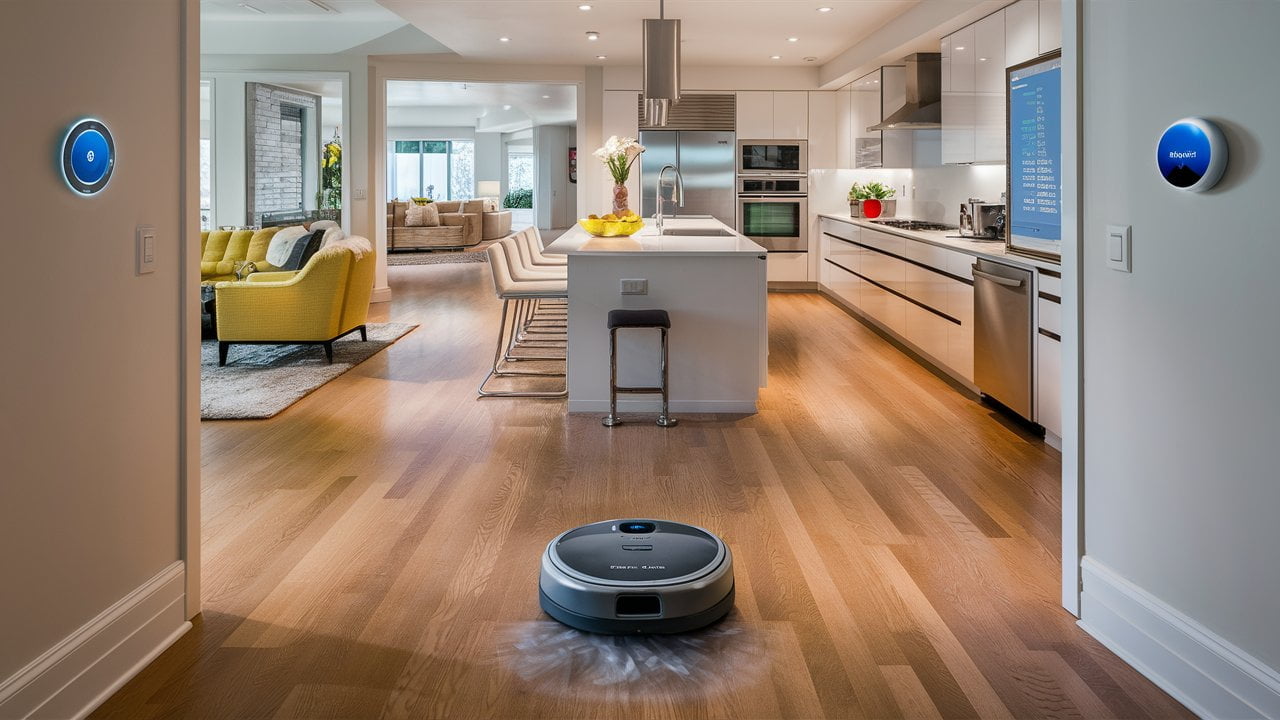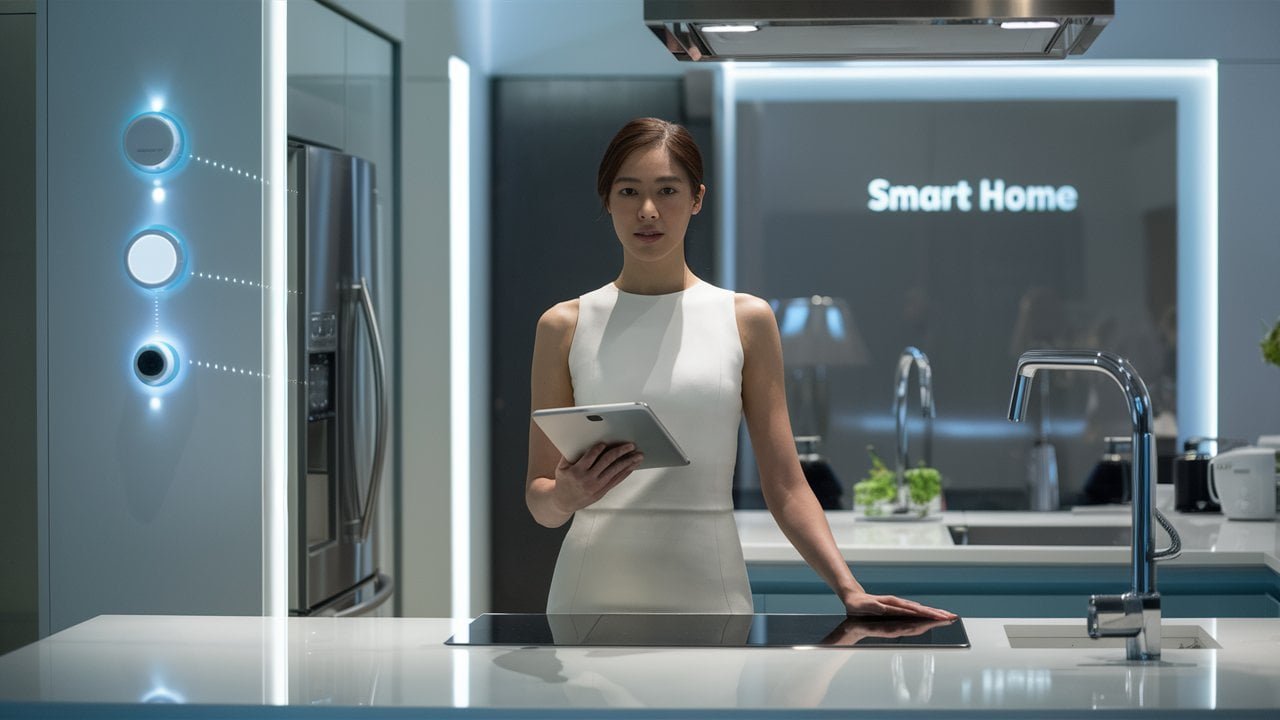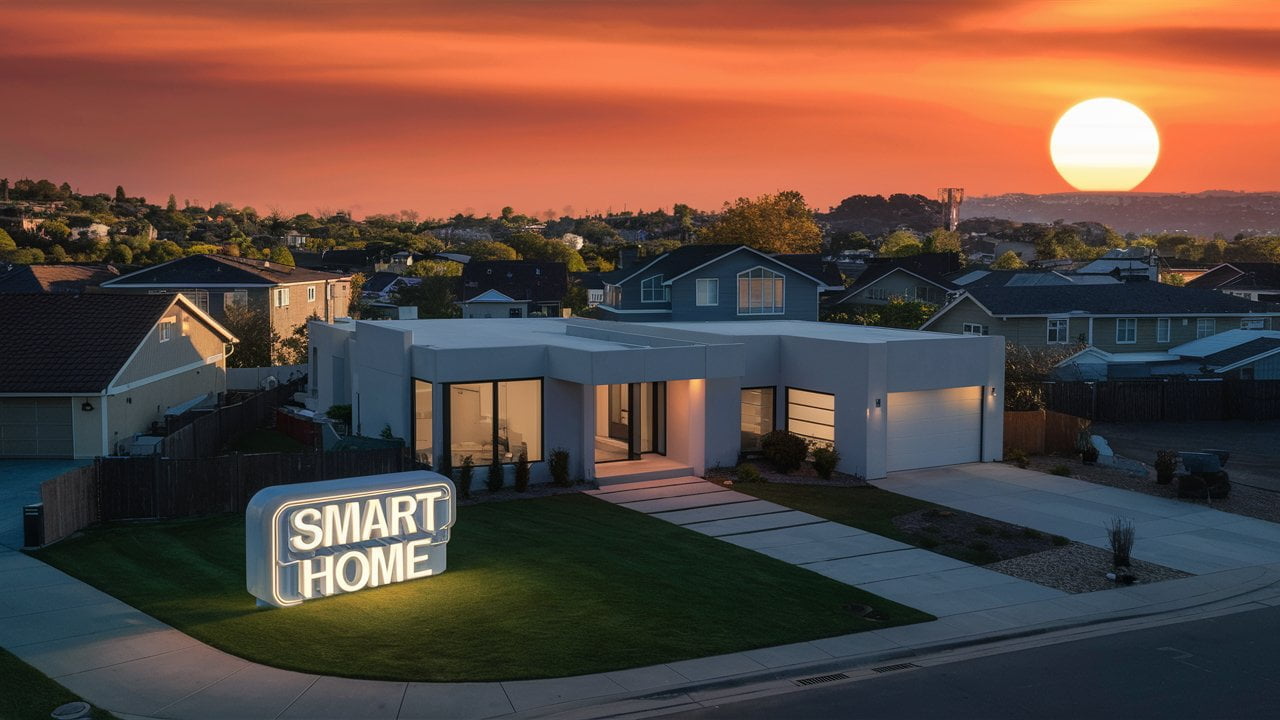Remember the days of The Jetsons and their automated home? Well, we’re steadily approaching that level of smart home sophistication. From voice-activated assistants to interconnected appliances, smart home technology has changed the way how we interact with our living spaces and they are just getting started.
Artificial Intelligence: The Brains Behind the Future Smart Home
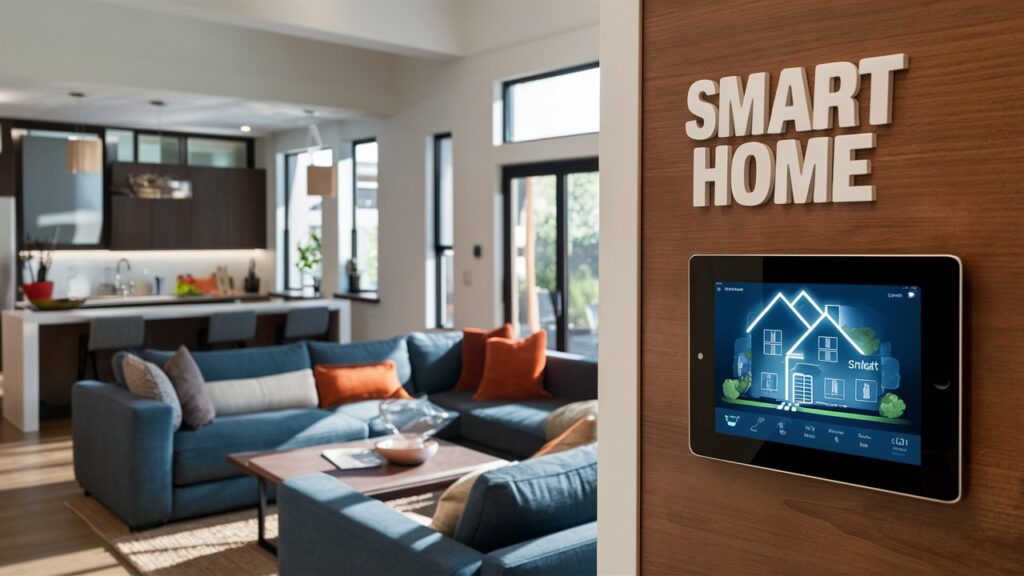
The next generation of smart homes is about to get smarter. AI algorithms can analyze your daily routines and preferences. Over time, your smart home learns when you typically wake up, adjusts the thermostat accordingly, and brews a cup of coffee just as you like it. Imagine walking into a kitchen filled with the aroma of freshly brewed coffee, perfectly timed to your morning routine. Sounds great, right?
Not only can AI learn your habits, but it can also predict your needs. We’re already familiar with voice assistants like Amazon Alexa and Google Assistant. AI will further improve their capabilities. Imagine asking your smart speaker, “What should I make for dinner based on the groceries I have?” The AI assistant, connected to your smart fridge, could not only suggest recipes but also adjust your oven settings or order missing ingredients through an online grocery service.
Plus, facial recognition can identify who’s entering the house, automatically adjusting lighting or playing their preferred music. An AI-powered security system can differentiate between familiar faces and unknown visitors, sending relevant alerts.
It can also help prevent problems before they occur. AI can analyze sensor data from your smart home to identify potential security threats or maintenance issues. For example, AI might detect unusual activity through security cameras and alert you or notify you when a filter in your smart appliance needs replacing before it malfunctions.
AI in smart homes is still under development, but as it becomes deeply embedded in our homes, privacy concerns are a valid consideration. However, the potential benefits of AI for convenience, efficiency, and even safety are undeniable.
Matter Protocol: Unifying the Language of Your Smart Home
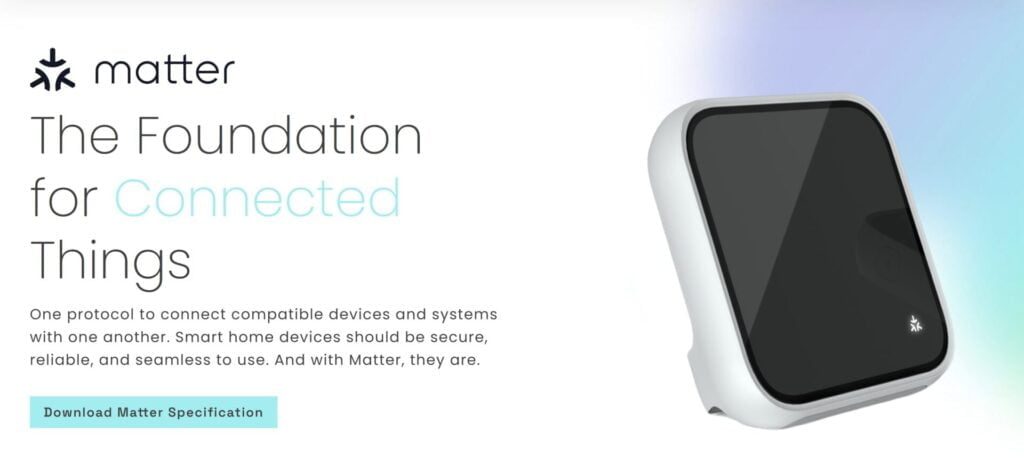
Photo credit: csa-iot.org
Currently, smart home devices operate on different protocols, causing compatibility issues. The goal of the Matter protocol is to simplify smart home technology so your smart devices can speak the same language, regardless of brand or platform. This means you won’t need separate hubs or apps for different brands. For example, your smart lights from company A will work with your smart thermostat from company B, and you can control all of them through a single platform.
Also, Matter wants to simplify setting up smart devices with a single app that can handle all your devices, regardless of manufacturer. Adding a new smart plug would mean simply scanning a QR code and integrating it into your existing smart home ecosystem. Sounds good, right?
It is also a welcomed feature that Matter allows for local control. This means certain functions can operate even if your internet connection goes down because your home devices don’t rely only on cloud connectivity. For example, a Matter-enabled smart light bulb could still be controlled through a local hub or switch, even without an internet connection.
While some Matter-certified devices are already available, widespread adoption will likely take some time. However, Matter’s potential benefits for simplifying the smart home experience and promoting interoperability are undeniable.
How Biometric Authentication Locks (or Unlocks) Your Smart Home
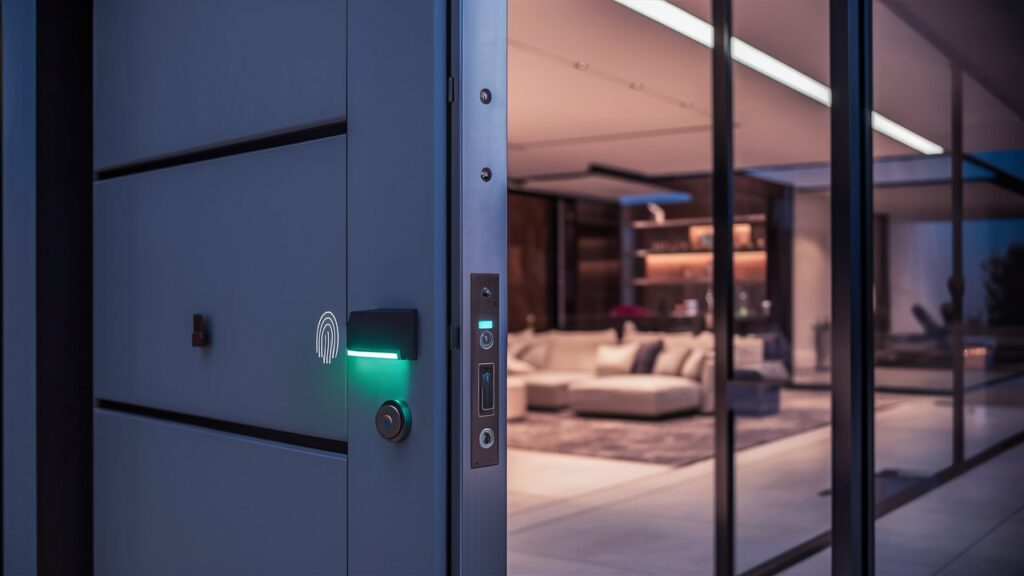
A lot of us are already using biometric authentication when unlocking our smartphones or laptops with fingerprints or face recognition. So, how does biometric authentication work in a smart home setting? Imagine this: you walk up to your front door, and instead of fumbling for keys, a quick scan of your fingerprint or a glance at the security camera unlocks the door. Biometric authentication relies on your unique biological traits, like fingerprints, facial features, iris patterns, or even your voice, to confirm you’re the authorized person.
Compared to traditional passwords or PINs, biometrics offer a stronger layer of security. After all, it’s pretty tough to forge your fingerprint or iris scan! This can be especially beneficial for securing sensitive areas of your smart home, like controlling smart locks or accessing financial information through a smart speaker.
However, it is not without concerns. While convenient and potentially more secure, biometric authentication does raise some concerns. If hackers gain access to your biometric information, it could be difficult or even impossible to change, unlike a compromised password.
Biometric authentication is still evolving, but it’s undoubtedly making its mark on the security landscape. It has the potential to become the go-to method for securing our devices and data.
Self-Learning and Self-Repairing Homes of the Future
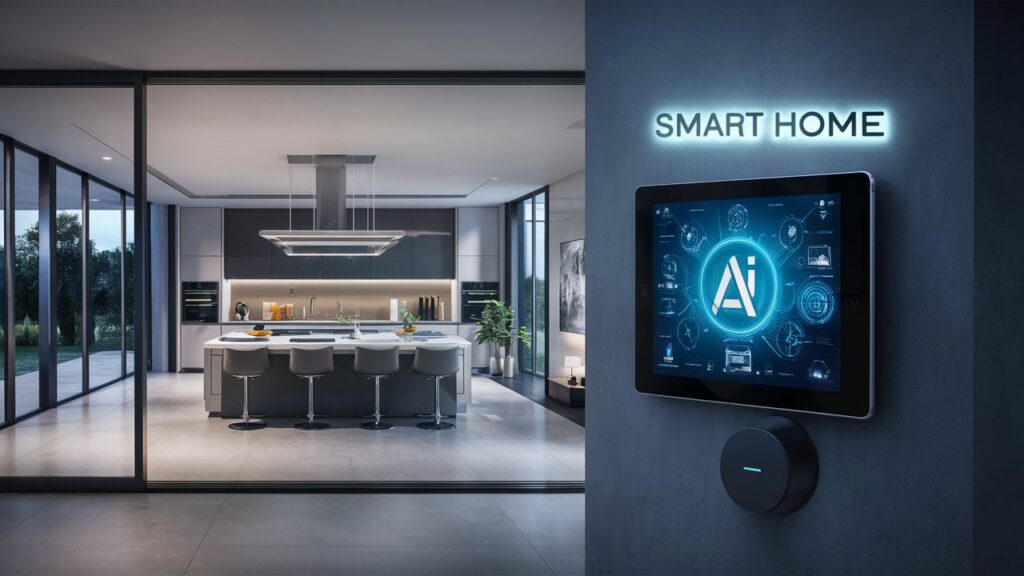
Science fiction movies are used to characterize homes that seem almost alive, predicting our needs and fixing minor issues. While we might not be there yet, the concept of self-learning and self-repairing homes is no longer pure fantasy. Researchers are exploring technologies that could transform our houses into intelligent companions capable of adapting to our lives and even fixing themselves!
Imagine a home that observes your routines and preferences. Over time, it learns your ideal temperature settings, lighting preferences, and even hot water usage patterns. Then, it uses this data to predict your needs. If you are feeling a little chilly in the evening, your self-learning home might preemptively raise the temperature a degree or two before you even notice.
These homes won’t just adjust to your habits. They might also predict and address potential problems. Its advanced sensors could monitor everything from water pressure to appliance performance. If a sensor detects a slight anomaly, the home could alert you or even take corrective action – like automatically shutting off a leaky faucet or scheduling maintenance before a minor issue becomes a major headache.
Could these smart houses self-repair themselves? This is where things get truly futuristic. The concept of self-repairing homes involves using nanotechnology or other advanced materials to fix minor issues autonomously. Imagine tiny robots embedded in your walls, automatically patching small cracks before they become bigger problems. While this technology is still theoretical, it highlights the potential for homes to not only diagnose issues but also address them independently.
The potential benefits of self-learning and self-repairing homes are undeniable. As technology advances, these homes could become a reality.
In this final piece, we’ve wrapped up our exploration of smart homes. We hope this series has equipped you with the knowledge to create your dream connected space! To recap the key takeaways from each article, revisit the series from the beginning:
Part 1: Smart Home 101: The Ultimate Beginner’s Guide to Connected Living
Part 2: The Ultimate Guide To Choosing A Smart Home Platform
Part 3: The Ultimate Guide To Choosing Smart Home Devices
FAQs
What are some examples of how AI can personalize the smart home experience?
AI uses facial recognition to adjust lighting or music preferences. Other examples could be AI recommending movies based on your viewing habits or automatically adjusting the thermostat for optimal comfort.
What are the benefits of Matter protocol for smart home devices?
Matter simplifies communication between devices from different brands, allowing them to work together seamlessly. This means you won’t need separate apps or hubs for different devices.
What biometric data can be used to unlock a smart home?
Fingerprints, facial features, iris patterns, and even voice can be used for biometric authentication.
What are self-learning and self-repairing homes?
These are homes that use AI to learn about residents’ habits and adjust settings accordingly. They may also have features that detect and address potential problems or even repair minor issues themselves.
Can I control what data the home learns about me?
This is an important question that remains unanswered. Data privacy will be a major concern, and users will likely need options to control what data is collected and stored.

